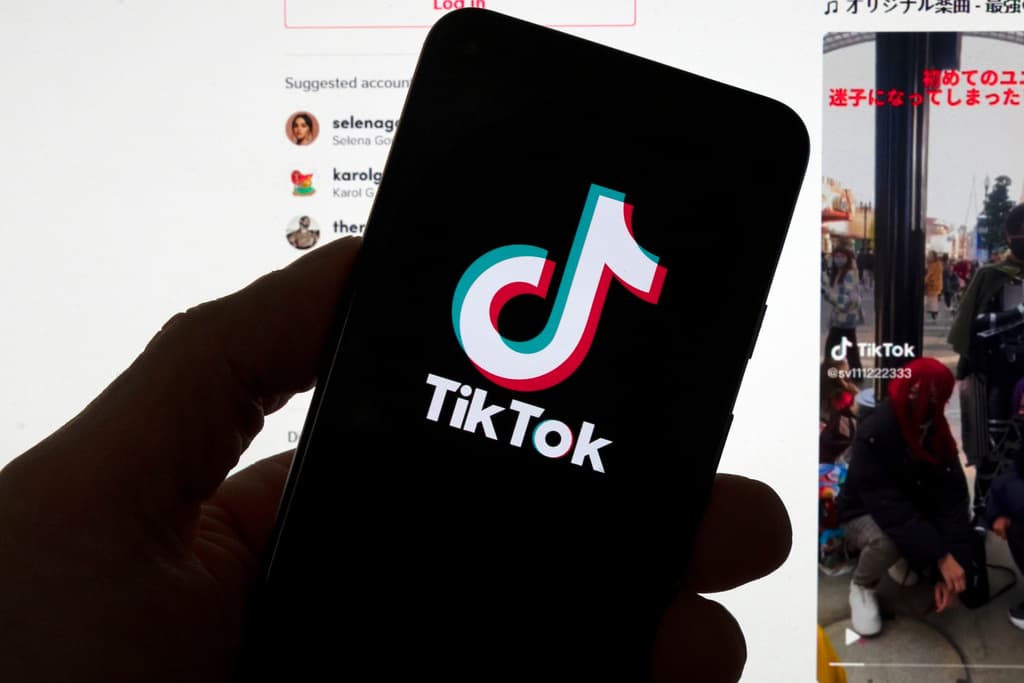Have you missed trends like the "hawk tuah" girl, "rawdogging" or the green gnomes? Then it may be the Tiktok algorithm's fault.
Something that spreads in a group can today be completely invisible to everyone else, says political scientist Nils Gustafsson.
How the algorithm on Tiktok works, nobody really knows except for the companies themselves, according to Nils Gustafsson. One thing is certain, the flow is personalized and looks different for each user, which has given rise to discussions about the app creating filter bubbles.
Tiktok's algorithm is particularly good at giving the user what they want, says Gustafsson.
It's based on different probability calculations depending on where you are, which accounts you follow, and what content you interact with.
Social media expert Johannes Gustavsson emphasizes that Tiktok, just like other social media, makes money from users' attention.
They want to keep our eyes on the screen for as long as possible, and their way of doing it is to provide content that they already know we like.
"More fragmented"
According to Nils Gustafsson, Tiktok has led to trends spreading faster than before, and in new, unexpected ways.
It's much more fragmented. There are more specialized audiences with a certain language or style. Something that spreads in a group can be completely invisible on a societal level, he says.
Alexander Morad, CEO of digital agency Bright Mind Agency, agrees and emphasizes that many trends on the app only reach very specific target groups due to the algorithm.
Before, it was a lot of "young guys like this, so they should see this". Now it's clear that the group comes in all possible forms, he says.
For some, it's gaming, for others, perfume and style, or books. It's all about what you interact with.
"Cultural barrier"
Björn Hedensjö, psychologist and author, believes that personalizing our flows has consequences for our social lives. Among other things, it can become harder to talk to each other when we have fewer common reference points.
Before, people talked about campfire TV, something that engaged an entire country. This is in a way the opposite, you have a lot of engagement but maybe within something very narrow.
Then it becomes a bit difficult to communicate across such a cultural barrier, he says.
At the same time, the algorithms have made it easier for people to "find their way" into different subcultures, he believes.
People have always found subcultures, but now they are more accessible, even if you're sitting in a cabin in the countryside.
Hanna Lindmark/TT
Facts: Three trends you may have missed
TT
"Hawk tuah" girl
Hailey Welch became viral when she in a video on Tiktok tipped about "hawk tuah" – to clear one's throat and spit – to get it in the bedroom.
"Rawdogging"
A trend mainly among young men on Tiktok, which involves spending a long flight doing nothing, except staring at the seat in front of them or looking at the flight map.
"Gnomes vs knights"
A trend where Tiktok users dress up as green gnomes and knights in a kind of role-playing game.
From financiers to brat summer – the trends on Tiktok are replacing each other at a rapid pace. In our summer series, we write about some of the biggest trends in the app, and unravel where they come from, what they mean, and how they have spread beyond Tiktok.






